Trump's return has been 'Christmas for conservatives,' struggle for Dems
Published in Political News
Empowering immigration enforcement officers to enter schools and churches. Dismantling institutions that provide aid across the globe and protect consumers at home. Freezing funding for medical research and environmental programs. Taking, by force if necessary, both Gaza and Canada, Greenland and the Panama Canal.
In the four weeks since President Donald Trump returned to the White House, he’s taken a wrecking ball to longstanding American norms as he’s moved to fulfill campaign promises — and go even further — at breakneck speed.
“It’s Christmas for conservatives right now,” said Joseph Dietrich, a Towson University assistant professor of political science. “They’re getting everything they’ve ever wanted.”
For Republicans, Trump’s first month in office has manifested a wish list going back decades, from reigning in the U.S. Department of Education to reducing the federal workforce and overall budget by hundreds of billions of dollars. It’s meant the end of federal support for transgender rights and diversity programs, birthright citizenship and efforts to address climate change.
Democrats in the minority across all levels of the federal government have acknowledged they’re struggling to keep up. With increasingly frequent public protests and lawsuits, they’ve joined unions and advocacy groups in trying to thwart Trump’s moves, with some success so far in federal court.
But they’ve also been left without answers to some of their constituents’ — and even their own concerns — including Trump’s willingness to skirt federal law in areas like dispersing funds already approved by Congress.
Many of Maryland’s almost entirely Democratic slate of top leaders are among those frustrated.
Gov. Wes Moore, a Democrat who previously said he thoroughly prepared for all kinds of scenarios under a Trump administration, said in an interview earlier this month that it had been “almost impossible to prepare for what we’ve seen.” Congressional Democrats who represent Maryland, meanwhile, heard from alarmed constituents this week in a series of telephone town halls.
“How are you going to stop him? How are you going to slap the hand if the hand is way above you and you can’t reach it?” a Maryland woman who identified herself as Amy said on a 6,000-person call Tuesday with U.S. Rep. April McClain Delaney, a Montgomery County Democrat.
McClain Delaney responded to several callers — who mostly asked about Trump’s targeting of federal workers — by saying they need to fight back “in the court of public opinion” as well as in the actual courts and Congress.
“Public opinion?” Amy said toward the end of the call. “He doesn’t care about public opinion. He’s already in power.”
U.S. Rep. Andy Harris, an Eastern Shore Republican who chairs the conservative House Freedom Caucus, in an interview Thursday pointed to Trump’s relatively high public approval ratings when asked about the vocal opposition to the president in places like Maryland that voted against him by a 2-1 margin.
A poll conducted for CBS News from Feb. 5-7 found 53% of voters nationwide approved of Trump’s job performance and about 60% described him as “effective,” “focused” and “energetic.”
Attempts to peg him as the instigator of a “constitutional crisis” because of his and Department of Government Efficiency leader Elon Musk’s moves to slash government spending are unwarranted, Harris said.
“President Trump was elected by the American people to decrease the fraud, waste and abuse in the federal government. That’s exactly what he’s doing,” Harris said. “I can understand why the protectors of the deep state get upset by that, but that’s not where the American people are on this issue, and that’s evidenced by the fact that President Trump’s approval rating right now after all this is at the highest he’s ever been as president.”
Harris and other Republicans have celebrated the pace and volume of Trump’s executive actions, which have come at a rate rarely, if ever, seen by a president in their first month in the Oval Office.
He’s signed more than 60 executive orders — though some have been stalled as federal judges say they exceed his authority — while seeing the confirmation of even his most controversial nominees, like Department of Health and Human Services Secretary Robert F. Kennedy Jr. and Defense Secretary Pete Hegseth.
Some actions, like halting federal support for wind energy projects or reversing a ban on TikTok, were expected. Others, like renaming the Gulf of Mexico as the Gulf of America and pardoning all, rather than just some, of the people convicted of attacking the U.S. Capitol on Jan. 6, 2021, were more surprising.
“I don’t think this is born of impulsive behavior or a president with a short attention span,” said William Howell, a professor of political science and public policy at Johns Hopkins University. “It is a concerted effort to put the administrative state on its heels.”
Howell, a scholar of presidential power, said presidents have increasingly relied on their office’s unliteral powers to bypass the legislative process, and they’ve often pushed the limits of those powers. Trump’s steps to fire large portions of the executive branch, have unfettered control of government spending and more have been different.
“What we see here is a president acting in ways and making claims that stand wholly outside our conventional understanding of the appropriate boundaries of presidential authority,” Howell said.
Dietrich said the speed is part of the “calculated strategy.”
“They’re going to throw out as many things as possible, as quickly as possible,” Dietrich said. They know they have a clock on this. There’s a referendum coming in two years, so they have a very short timeline.”
That referendum is in the midterm election year 2026, when Democrats in the minority would usually win back seats in Congress after the first two years of a Republican president.
“There’s not much they can do politically right now,” Dietrich said of Democrats’ ability to respond in the meantime. “It’s really going to fall to states and outside organizations to bring those lawsuits because, frankly, the Democratic Party’s on its back foot.”
Democrats have appeared to reckon with that thought in recent weeks — turning toward mobilizing for the next election as a primary part of their strategy to face Trump now.
“We know they’ve got Project 2025,” Democratic U.S. Rep. Johnny Olszewski, Jr. said at a rally outside of the Social Security Administration headquarters in his native Baltimore County last week. “What you see today is the start of Project 2026 where those who stand by quietly and who are afraid to, or who are unwilling to, step forward and call out what’s happening, you will be held accountable in this next election.”
Still, at a time when Trump continues to shift political norms and is encouraged along the way, future elections may not be as recognizable either, Howell said.
“Our country is changing and our parties are changing,” Howell said. “And the world in which Trump makes these sorts of claims and is rewarded at the ballot box, as he was in 2024, is one that is going to invite further challenges to traditional understandings of the Constitution, traditional understandings of the boundaries of executive authority, of what political discourse ought to look like and the roll of the press and so on.”
_____
©2025 The Baltimore Sun. Visit at baltimoresun.com. Distributed by Tribune Content Agency, LLC.
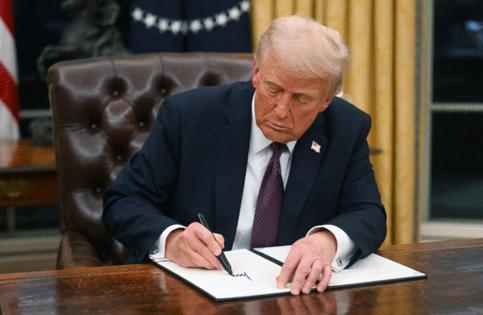


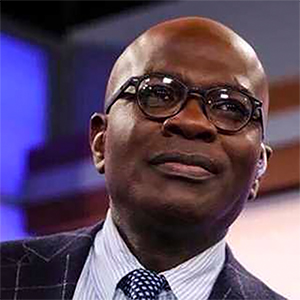

























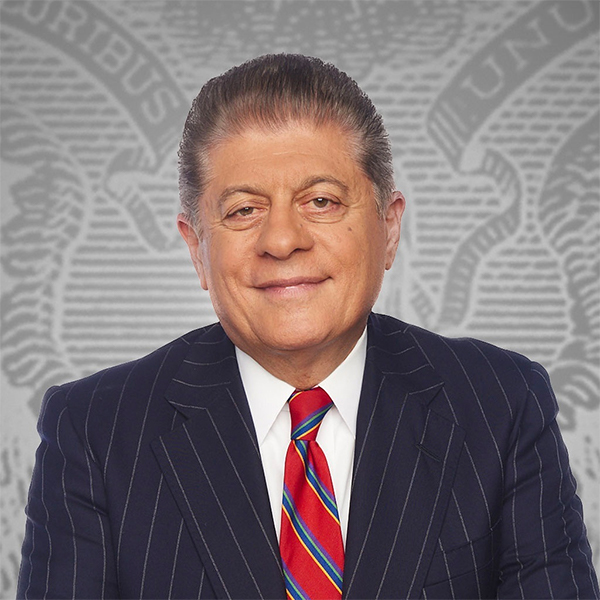



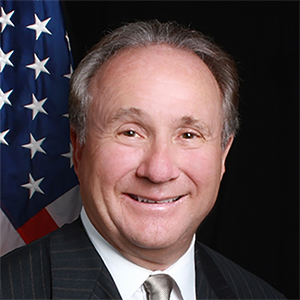



















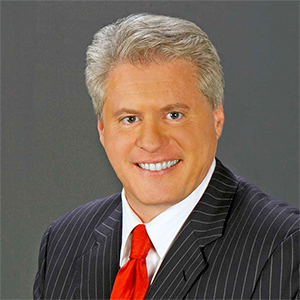






Comments